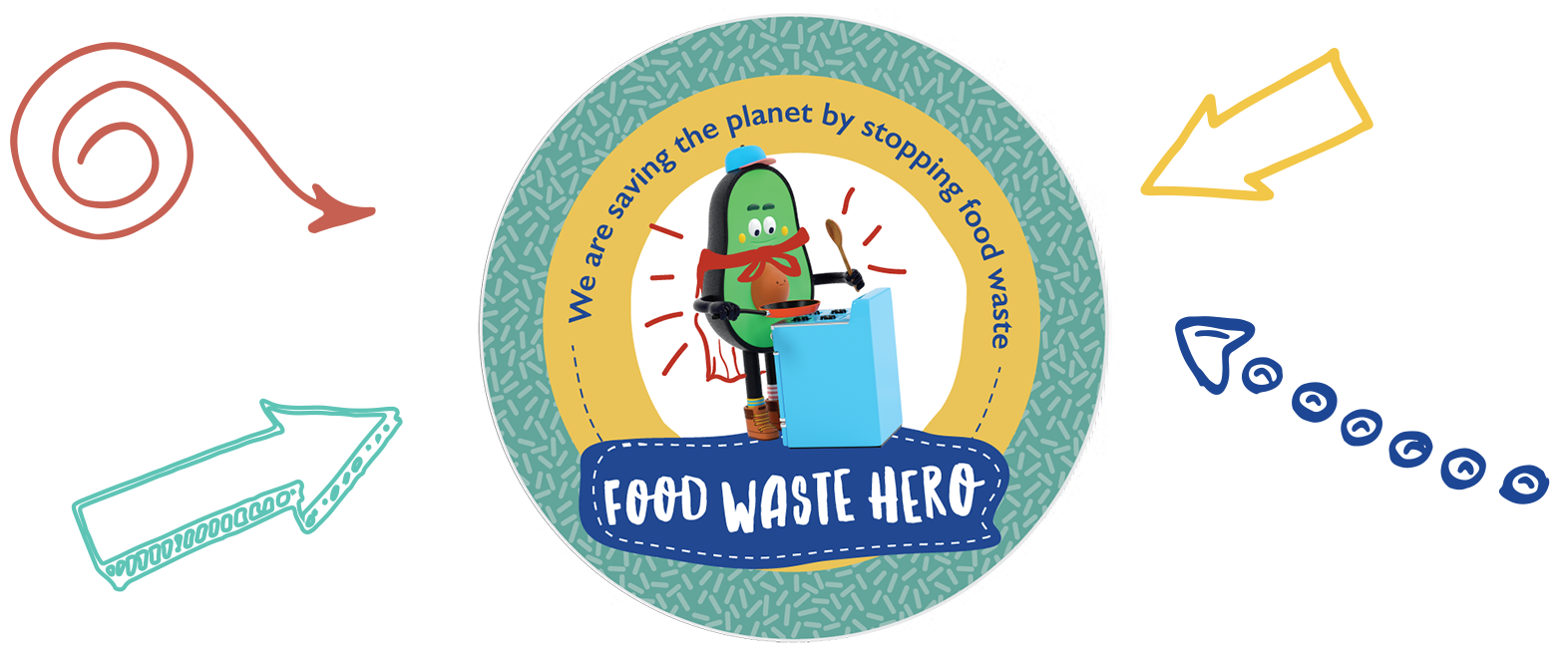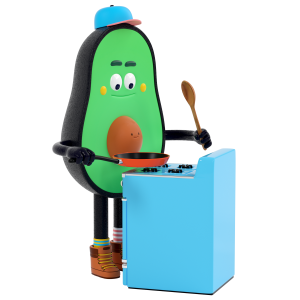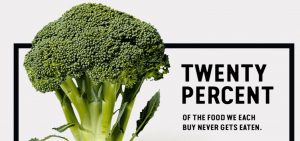Preventing Food Waste: Try This at Home

We are becoming more and more aware of how much food is being wasted—on the farm, at grocery stores and restaurants, and even at home. In fact, a report by ReFED (a multi-stakeholder non-profit organization committed to reducing food waste, found that most– 83% of the 63 million tons of annually-wasted food in the U.S. –happens after production–40% at retail businesses and 43% at home. We can all learn how not to waste food, and there are two great online resources to get started. With kids on school vacation, why not try some of these fun activities over the summer?

The Food Matters Action Kit is a fun, hands-on way for kids to learn how they can prevent food waste at home, school and in their community
Food Matters Action Kit , developed by the Commission for Environmental Cooperation, is geared to children at two age-appropriate levels. The Kids’ Action Kit is designed for ages 5-13, and the Youth Action Kit for ages 14-25. This is a fun, hands-on way for kids to learn how they can prevent food waste at home, school and in their community. It offers diverse activities, such as learning food preservation techniques from elders, building worm composters and solar dehydrators, and having a disco soup party.
The website’s activity guide lists 70 activities grouped by theme such as: Seed to Table, More Than Just Food, Celebrating Ugly Food, Mission Possible-stop food waste at its source, Garbology, and Food Innovators. Each activity is also listed by its relevance to art, math, science, language, environment, social studies, and health.
For adults, Savethefood.com is a great way to model food waste prevention at home. This website, created by the Natural Resources Defense Council, is chockfull of hands-on practical tips and calculators for saving food. Planning a party? Use the Guest-Imitator. Just enter who’s coming to dinner and it calculates how much you should prepare. Or create custom meals and the site creates a shopping list with just the right quantities to purchase. Or try some new recipes that use “past its prime” food and food scraps to whip up some delicious dishes. Storage tips will help you learn how to keep food fresher longer. For example, did you know you can keep herbs fresher by putting their stems in a glass of water, like cut flowers?

Savethefood.com offers enlightening stats and useful tips for consumers at home
The website also shows the real costs of food waste in terms of wasted time, labor, and money. A four-person household can lose $500 annually in wasted food—demonstrated with very cool interactive graphics. Whether you are a kid or adult, looking for a fun activity or ready to make some simple changes at home, everyone can learn how to prevent food from being wasted. Ready, set, save!

